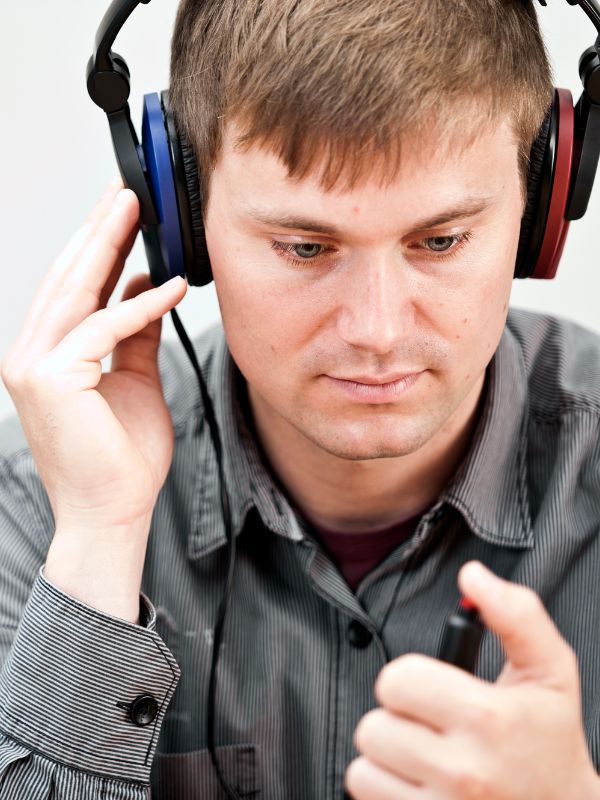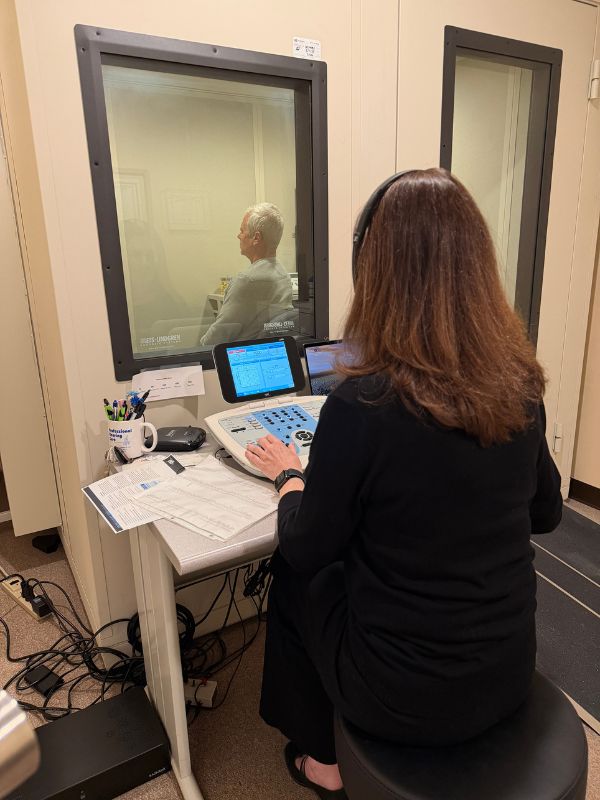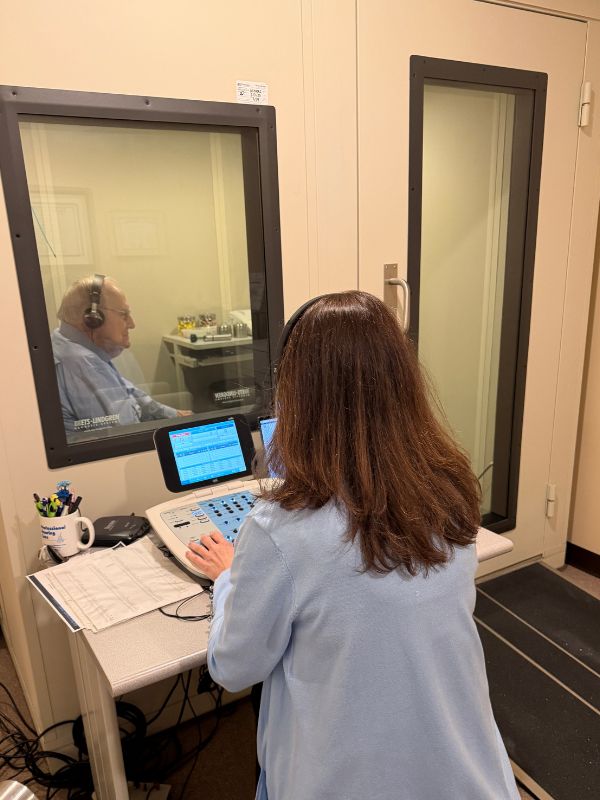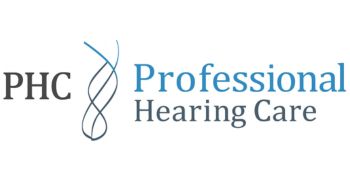What to Expect During a Hearing Test

Hearing Test Overview
A hearing test is designed to determine both the type and degree of hearing loss you may be experiencing. These evaluations are conducted by licensed audiologists—professionals trained to diagnose and treat hearing-related conditions. Throughout the exam, your audiologist will assess how your ears and auditory system respond to a variety of sounds, pitches, and speech cues. The results help create a full picture of your overall hearing health and guide the next steps in treatment.
Most hearing assessments take place in a soundproof booth while you wear headphones. You’ll listen to a series of tones and speech sounds and signal whenever you hear them—typically by pressing a button or raising your hand. The audiologist may ask additional questions about what you perceive, such as the loudness or clarity of different sounds. A complete hearing test usually lasts between 30–60 minutes, depending on your needs, and may include several key components.


The Process
1. Health History
Every hearing exam begins with a brief review of your medical and hearing background. Your audiologist will ask about current medications, past illnesses, family history, exposure to loud noise, work environment, hobbies, and any concerns you’ve noticed with your hearing. This information helps identify potential causes of hearing loss and supports an accurate interpretation of your test results.
2. Otoscopy
Using a small, lighted tool called an otoscope, your audiologist will examine your ear canal and eardrum. This quick, painless check helps identify issues such as earwax buildup, fluid, infection, inflammation, or physical damage that may be contributing to hearing difficulties.
3. Tympanometry
Tympanometry evaluates the movement and flexibility of your eardrum. A soft probe is placed in the ear canal to gently change air pressure and play a short tone. The device then measures how your eardrum responds. These results—shown on a tympanogram—help determine whether middle-ear problems like fluid or stiffness are affecting your hearing.
4. Speech Testing
To assess how well you understand spoken language, you’ll complete two types of speech evaluations:
Speech Reception Threshold (SRT): You’ll listen to words at decreasing volume levels until you can correctly repeat about half of them.
Word Recognition Testing (WRT): You’ll hear words at a set loudness level to determine how clearly you can identify them.
These tests help your audiologist determine how well amplification or other treatments may improve your understanding of speech.
5. Air & Bone Conduction Testing
These tests help pinpoint where hearing loss originates:
Air Conduction Testing: Using headphones, you’ll hear tones at different volumes and frequencies. This measures how well sound travels through the entire ear.
Bone Conduction Testing: A small vibrating device is placed behind your ear to send sound directly to the inner ear, bypassing the outer and middle ear.
Comparing these results helps the audiologist determine whether hearing loss is conductive (related to the ear canal or middle ear) or sensorineural (related to the inner ear or auditory nerve).
6. Reviewing Your Results
After testing, your audiologist will review your results with you. Your hearing levels are charted on an audiogram—a visual map showing how well you hear different sounds. This reveals whether hearing loss is present and identifies its degree, type, and pattern. Based on your results, we’ll guide you through the most effective treatment options and help you choose the hearing solutions that best fit your lifestyle and needs.

Privacy Policy | No Surprises Act | | © 2025 Professional Hearing Care
